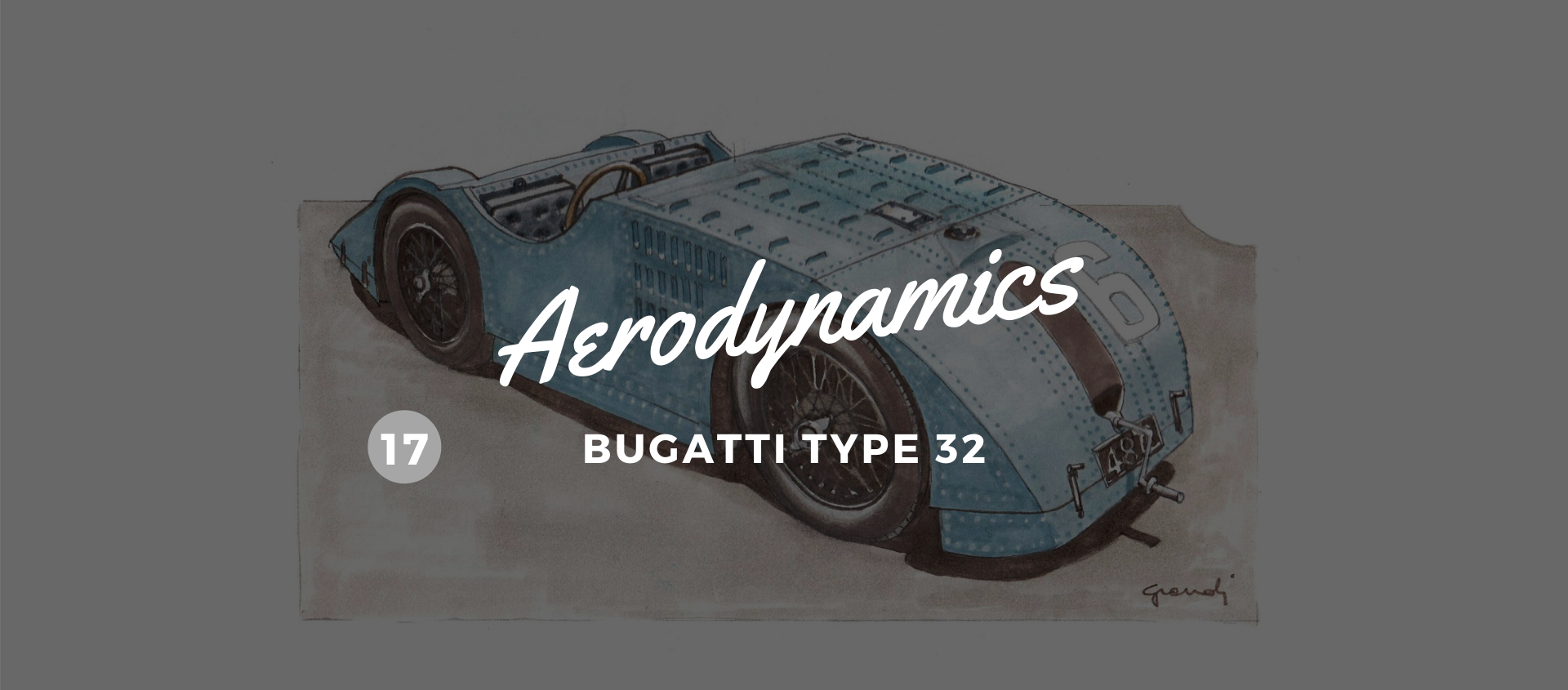The epitome
05 October 2020 1 min read 4 images

In a world troubled by great uncertainties, the 1930s heralded a decade of irrepressible folly that swept through Paris and across France: the desire to appear magnificent and “flamboyant” propelled the French automobile into a new dimension in which the forms, that were never straight and never edgy, followed the harmony of the curvilinee instrument, which was soon to become known as the “French curve”. Manufacturers and coachbuilders vied to see who could impress the most. The winner, thanks to a well-established and recognized blazonry, was Bugatti.
Register to unlock this article
Signing up is free and gives you access to hundreds of articles and additional benefits. See what’s included in your free membership. See what's included in your free membership.
Already have an account? Log In


